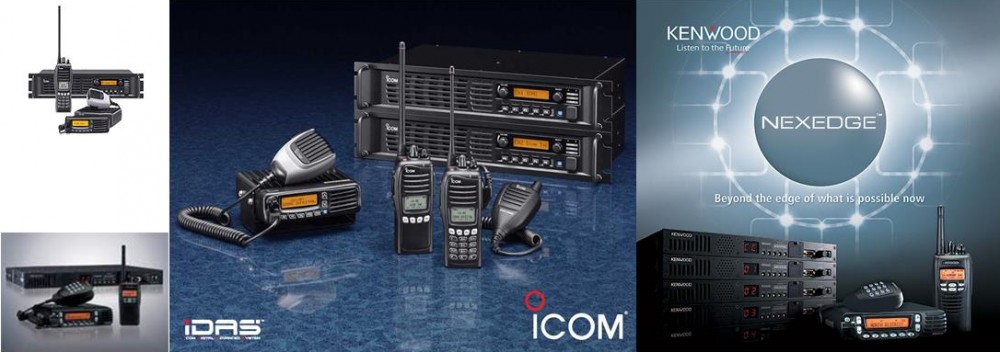For those that are looking to join in the fun.
We’re trying to allow for keeping local traffic local and net traffic on the net. In order to do that I’ve built a way to filter on Talk Group (Kenwood calls this Group ID). If you have TG 65000 programmed in your HT or Mobile and you key up, you will go out over the net side, if you have any other TG selected, you will stay local to your repeater. The opposite is true as well. The net won’t invade your local QSO until the NXREF sees no activity for a programmable amount of time, then it will allow net traffic back on the repeater. You can force this to happen immediately if the NXREF see’s the 65000 TG transmitted.
Also to better separate us out. For now we are all on RAN 1. I can translate RAN’s on the Icom side, I can’t yet on the Kenwood side.
So bottom line,
To get on the net, takes RAN 1, TG 65000, any other RAN or TG and you’ll just be talking on your local repeater.


